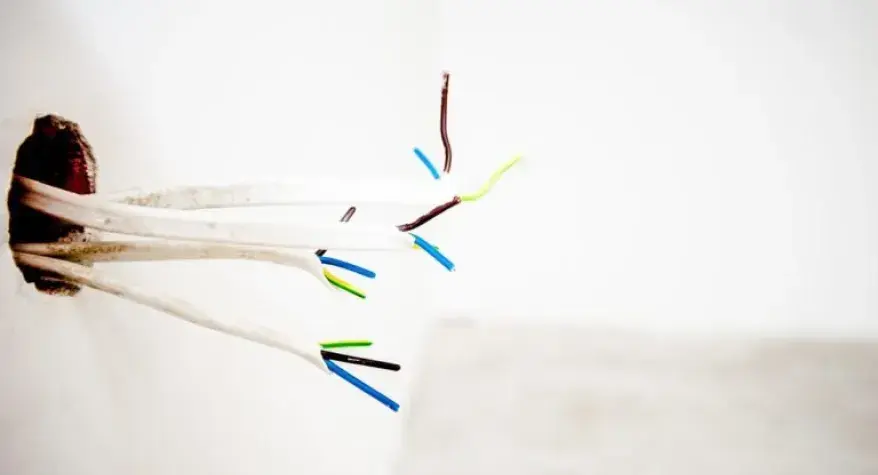Finding cables in walls: how do I do it?
It is a question you probably never think about until you hang that picture or put up that shelf you brought from Ikea over a year ago: finding cables in walls: how do I do it?! No one wants to end up getting an electrical shock in a hospital just for drilling a little hole in a wall.
There are devices on the market that can detect cables in walls, but a decent one can cost a lot of money. Cheap products tend to not be so sensitive and most of the time the best it can tell you is ‘there might be a cable in the wall’.
If a professional has installed the cables in your home then there would have been regulations that they should have followed to ensure that the cables would be in what’s called a “Safe Zone”. Unfortunately, if electrical work is carried out by someone who either is not aware of the regulations or chooses not to adhere to them, cables can be hidden anywhere in the walls.
Providing the cables in the home have been installed to the wiring regulations electricians are supposed to adhere to, then the handy guide below can help you estimate where your cables may lie.
- Cables are normally laid in line with a switch, socket or other electrical accessories. The cable can run either horizontally from the side of the wall to the electrical accessory or vertically from the electrical accessory to the ceiling.
- Cables can also be routed vertically up to 150mm from the corners of a room.
- Cables can also be run horizontally up to 150mm from the top of the wall where it meets the ceiling.
- Also check if the adjacent room has any electrical accessories where you are planning to drill as depending on how deep you drill, you could hit a cable or switch from the neighbouring room.
Unfortunately, it is my experience that people do not always follow the rules and route cables outside of the safe zones. This can leave homeowners in a dangerous position when they go to make holes in the walls.
RCD protection is a must
If this blog has left you feeling a little nervous about trusting cable detectors, then there are a few steps you can take to ensure that you are not going to come to any harm.
- You can buy a cable detector but to get one that is either not sensitive enough or too sensitive can be difficult. If you are going to buy a cable detector, read the reviews to see how people rate them.
- Ensure that your RCD is installed correctly, working well and is up-to-date with the latest change in regulations. If you are not sure what an RCD is or how it protects you from shocks, read our latest blog post here [link to blog]
- Hire an electrician to check where your cables are properly before undertaking any DIY work in your home. Make sure you get him/her to map out where the cables are.
Take care when working near electrics and stay safe




